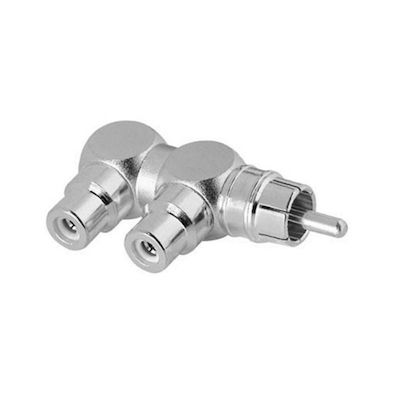 BlackGround additional clarificationFriday 11 November, 2022
Dear esteemed clients, Thank you for all of your questions which have been coming in from all over the world regarding the new BlackGround unit. Here we want to take two questions in particular and offer more clarification. Question 1How do I easily tap an RCA signal? I can't disassemble my existing cables.There exist so-called RCA splitters on the market. They are generally not of audiophile elitist standards but they do exist. Here are some images gathered through a quick internet search: The above solutions are the quick and dirty way to get the job done. The centre pin signal is simply split into two female RCA sockets. The same applies to the ground return line. One of these female duplicates will connect with your existing RCA cable and will carry the signal on to your next device in the audio chain of equipment. It will carry current because there's a load on the other end. The other female RCA can be used to tap the two polarities into a pair of BlackGround units. The more sophisticated audiophile approach will be to tap the RCA signals internally to the gear, and to leave the existing RCA outputs connected directly to the fine RCA cable you are currently using. In some cases, on some gear, there already is another RCA output which carries the same signal as the one you are using. This might be less common but in some cases the manufacturer has already implemented doubled output sockets both carrying the same signal. Your equipment will vary. Thanks to your feedback during the final polishing of the BlackGround web page graphics, we will be sure to depict the above options more clearly so that everyone could more easily understand how they could go about tapping their line level signals without gutting existing cables. Maybe some day LessLoss will provide a nice high performance Entropic Process RCA splitter for this very purpose. There can be many solutions using the BlackGround units. Even a kind of "home base" stand-alone device could be conceived, with power IEC inlet(s) for power line interfacing, RCA inputs and outputs for RCA line tapping, XLR ins and outs, and even provision for Blackbody connections, all in one "master" multiple BlackGround containing device. Of course, with all the information provided by LessLoss as to the use of this new technology, anyone could do it even today. Sharing our core innovative technology directly for public use is something LessLoss has always done and we are happy to continue to do. We are in the sound quality business primarily and in the gear business only secondarily in order to help achieve this clearly defined end. Question #2: There exist many so-called 'grounding boxes' in the market today. Is BlackGround one of these?Absolutely NOT, but only in a way, yes. These solutions which offer many ground connections and in their own ways condition the ground plane of the entire system, tap ground potential in different places throughout the system. But according to our understanding, they only go a part of the way, and they are belated in their treatment even at that. These devices are purported to try and capture "EMI/RFI" small signals traveling everywhere in our audio systems and transform them into heat. However this is not the precise concept behind the BlackGround technology. With the BlackGround technology, LessLoss takes a different approach. If your solution is even worrying about "EMI/RFI" existing throughout the system, it is already too late. These signals are AC signals, and in order for them to fluctuate, they need a send path and a return path. There are always going to be such undesirable oscillations in high frequencies throughout a system, but it is the job of the designer of the gear to deal with each at their source. You really must think of BlackGround as addressing a far more pervasive and universal issue, and that is the issue of cosmic ionic particle precipitation. Think of this as a foreign element in our pristine audiophile world of prized signals. Think of this also as a form of constant rain on our picnic. It can be a drizzle or it can be a thunderstorm. We are not in control of it, but we can use what we know of it to our advantage. It will always persist no matter what we do, but we can guide it using BlackGrounds to where it will not cause the subtle EMI/RFI loops mentioned above. Those AC currents are on both the ground lines, as well as on the signal lines. Every conductor interacts with its surroundings. But even the term 'surroundings' implies differentiating between signal and the EM field. This is a fallacy. The signal is every bit made up of the very subatomic interactions which permeate all matter. Otherwise we'd have liquid copper flowing through tubes of non-conductive material. Perhaps some images will serve us well here. Consider the images below as idealised snapshots of cosmic precipitatory subatomic particle interaction. What you need to realise is that we are not speaking of billiard balls and we are certainly not speaking about one thing happening after another in a simple string of events on a simple one dimensional timeline. When dealing with high energy subatomic particle precipitation we cannot lose sight of how exotic the concepts here are. For instance, the OMG particle mentioned on the web page was travelling very near to the speed of light. "At this speed, if a photon were travelling alongside the particle, it would take over 215,000 years for the photon to gain a 1 cm lead, as seen from the Earth's reference frame." We are not equipped here to go into a full-blown scientific discussion of the actual theory involved, but suffice it to say that there are relativistic concepts at play here which make the baseball analogy as described at the bottom of the web page somewhat misleading. Just think about the following images as not necessarily happening on a single time-line, with some interactions having a jump start in front of others, and recall as well the famous post-graduate course question which asks what the length of a single Photon is, given certain conditions in a room, with the correct answer coming out to being about one meter(!) in length. So for your imaging you can forget raindrops and billiard balls and all manner of simple colliding. This stuff is much more exotic. And let us not forget that even our signals are made of subatomic particles. Regards, Louis Motek | LessLoss.com |
- Products
- Power Cables
-
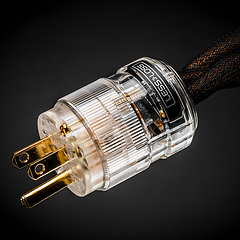 C-MARC™ Prime
The must have foundation for any sound system today.
From
$
486
C-MARC™ Prime
The must have foundation for any sound system today.
From
$
486
-
 C-MARC™ Classic
The unique super-cable power cord everyone's talking about.
From
$
1148
C-MARC™ Classic
The unique super-cable power cord everyone's talking about.
From
$
1148
-
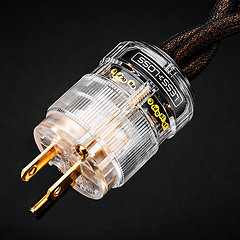 C-MARC™ Classic Entropic Process
The peerless, advanced Classic masterpiece.
From
$
1934
C-MARC™ Classic Entropic Process
The peerless, advanced Classic masterpiece.
From
$
1934
-
 C-MARC™ Stellar Entropic Process
The crown jewel for highest performance power connection.
From
$
2450
C-MARC™ Stellar Entropic Process
The crown jewel for highest performance power connection.
From
$
2450
-
- Loudspeaker Cables
- Interconnect Cables
-
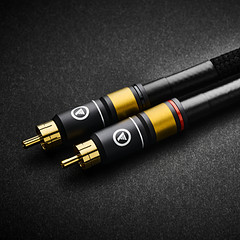 RCA C-MARC™
Cotton-clad true Litz • Whopping 2.3mm2 polarities
From
$
850
RCA C-MARC™
Cotton-clad true Litz • Whopping 2.3mm2 polarities
From
$
850
-
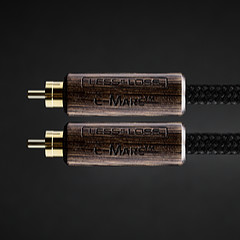 RCA C-MARC™ Entropic Process
Our finest RCA cable • Polished Wenge barrels
From
$
1428
RCA C-MARC™ Entropic Process
Our finest RCA cable • Polished Wenge barrels
From
$
1428
-
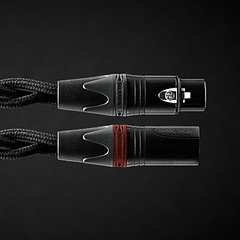 XLR C-MARC™
A hand-braided cotton-clad unique Litz construction
From
$
950
XLR C-MARC™
A hand-braided cotton-clad unique Litz construction
From
$
950
-
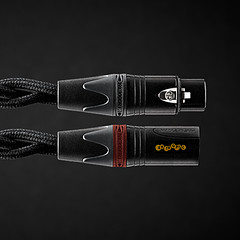 XLR C-MARC™ Entropic Process
Stratospheric performance for the audio connoisseur
From
$
1615
XLR C-MARC™ Entropic Process
Stratospheric performance for the audio connoisseur
From
$
1615
-
- Digital Cables
-
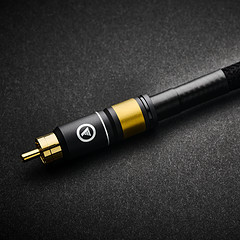 RCA Digital C-MARC™
Cotton-clad unique Litz design • Made only by LessLoss
From
$
510
RCA Digital C-MARC™
Cotton-clad unique Litz design • Made only by LessLoss
From
$
510
-
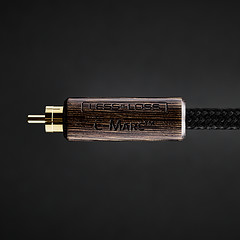 RCA Digital C-MARC™ Entropic Process
Possibly the most subtle digital cable on the planet
From
$
858
RCA Digital C-MARC™ Entropic Process
Possibly the most subtle digital cable on the planet
From
$
858
-
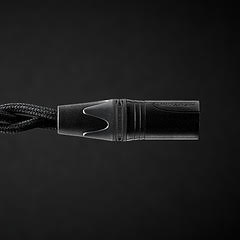 XLR Digital C-MARC™
Featuring a whopping 3 x 2.3mm2 Litz construction
From
$
570
XLR Digital C-MARC™
Featuring a whopping 3 x 2.3mm2 Litz construction
From
$
570
-
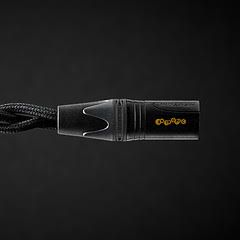 XLR Digital C-MARC™ Entropic Process
Stratospheric performance for the audio connoisseur
From
$
969
XLR Digital C-MARC™ Entropic Process
Stratospheric performance for the audio connoisseur
From
$
969
-
- Grounding Cables
- Bulk Wire and Cable
- Signal Conditioners
-
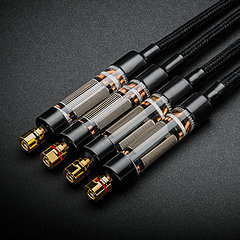 Firewall for Loudspeakers
Firewall for Loudspeakers
C-MARC™ Plug-and-Play Speaker signal conditioning like you've never imagined From $ 1656 -
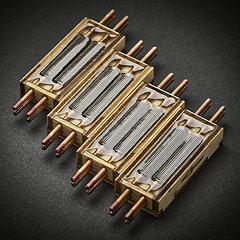 Firewall for Loudspeakers
Firewall for Loudspeakers
DIY version for Self-Installation For the Do-It-Yourself project enthusiast • Solder yourself From $ 800 -
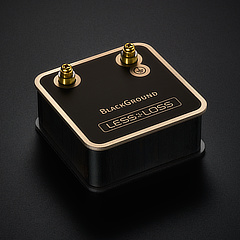 BlackGround DIY
Voltage-ground interface for a variety of applications
From
$
446
BlackGround DIY
Voltage-ground interface for a variety of applications
From
$
446
-
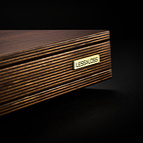 BlackGround 8x/10x Speaker Base
Plug-and-play loudspeaker signal conditioner
From
$
3096
BlackGround 8x/10x Speaker Base
Plug-and-play loudspeaker signal conditioner
From
$
3096
-
- Power Conditioners
-
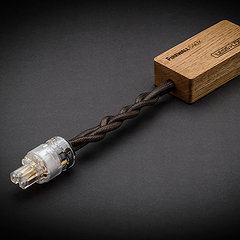 Firewall 640x
Plug-and-play solution for any powered gear
Firewall 640x
Plug-and-play solution for any powered gear
C-MARC™ Entropic Process and standard lead versions From $ 654 -
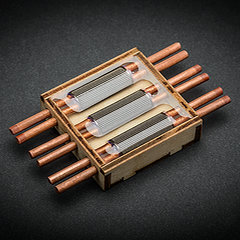 Firewall 640x DIY for Self-Installation
Self-solder and save!
From
$
320
Firewall 640x DIY for Self-Installation
Self-solder and save!
From
$
320
-
 BlackGround DIY
Voltage-ground interface for a variety of applications
From
$
446
BlackGround DIY
Voltage-ground interface for a variety of applications
From
$
446
-
 BlackGround 6x/10x Power Base
Plug-and-play power conditioner
From
$
2350
BlackGround 6x/10x Power Base
Plug-and-play power conditioner
From
$
2350
-
- Power Distributors
- Equipment Feet
- Field Conditioner
- DACs
- Power Cables
- Reviews
- This is definitely the cable to go for. It will almost literally blow your mind. – March 2012, Puresound Magazine
-
I was intrigued by the unanimously positive reviews garnered by these products ...
– by user Raymond Eye
Leaves you speechless
Sensational cables
BEST purchase I've made
Top notch performance
It's a steal
Musical... liquid... 3D
It's not subtle
More than an upgrade
Best I've heard so far
Stellar service
Sounds like a new system
Much more lifelike
Emotional flow
Overwhelming results
More dimensional
Sound is transformative
We were all astounded
Transformed my listening
Sounds so cohesive
Emotionally engaging
- Where to Start
- Free Newsletter
- Newsletter Archive
- B-Stock Alerts
- Shopping Tools
-
Shipping
- Free Shipping Learn about our international shipping policy
-
Return Options
Our satisfaction guarantee
and return policy -
Customs / Tax
UPS expedites local
customs clearance
-
Transaction
- Conditions of Sale Agreement for a smooth business transaction
- Privacy Policy We pledge to keep your information private
-
Terms of Use
Business policies
and agreements
-
Account
-
- Contact Us
-
Meet the Designers
-
- Care to share of your personal experience with our products? We'd be happy to post it!
- Want to learn more about our activities? Our Newsletter is both free and spam-free.
hi-res photos, brochures
logos, press releases, and
print-friendly PDF downloads. -
Contact Us
Connect with Us
-
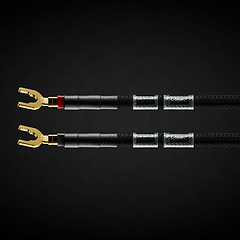
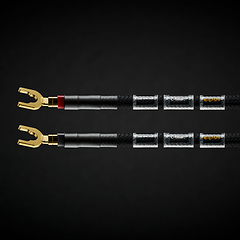
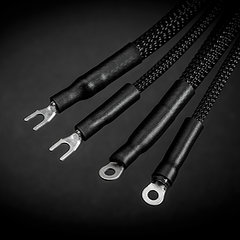
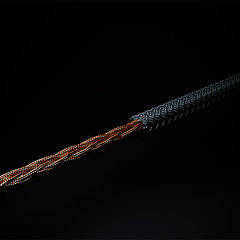
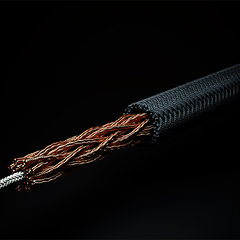
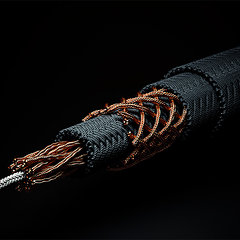
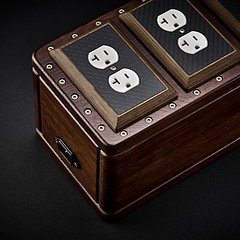
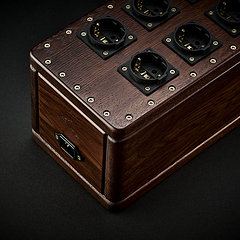

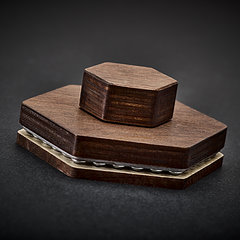
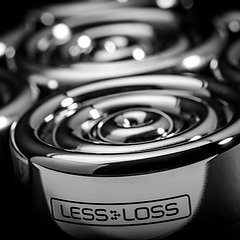
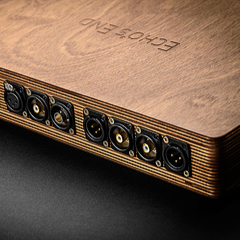
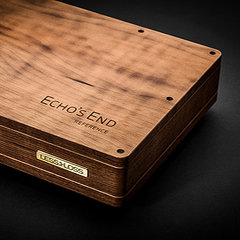
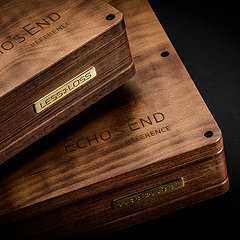
 Beware of Fakes
Beware of Fakes

